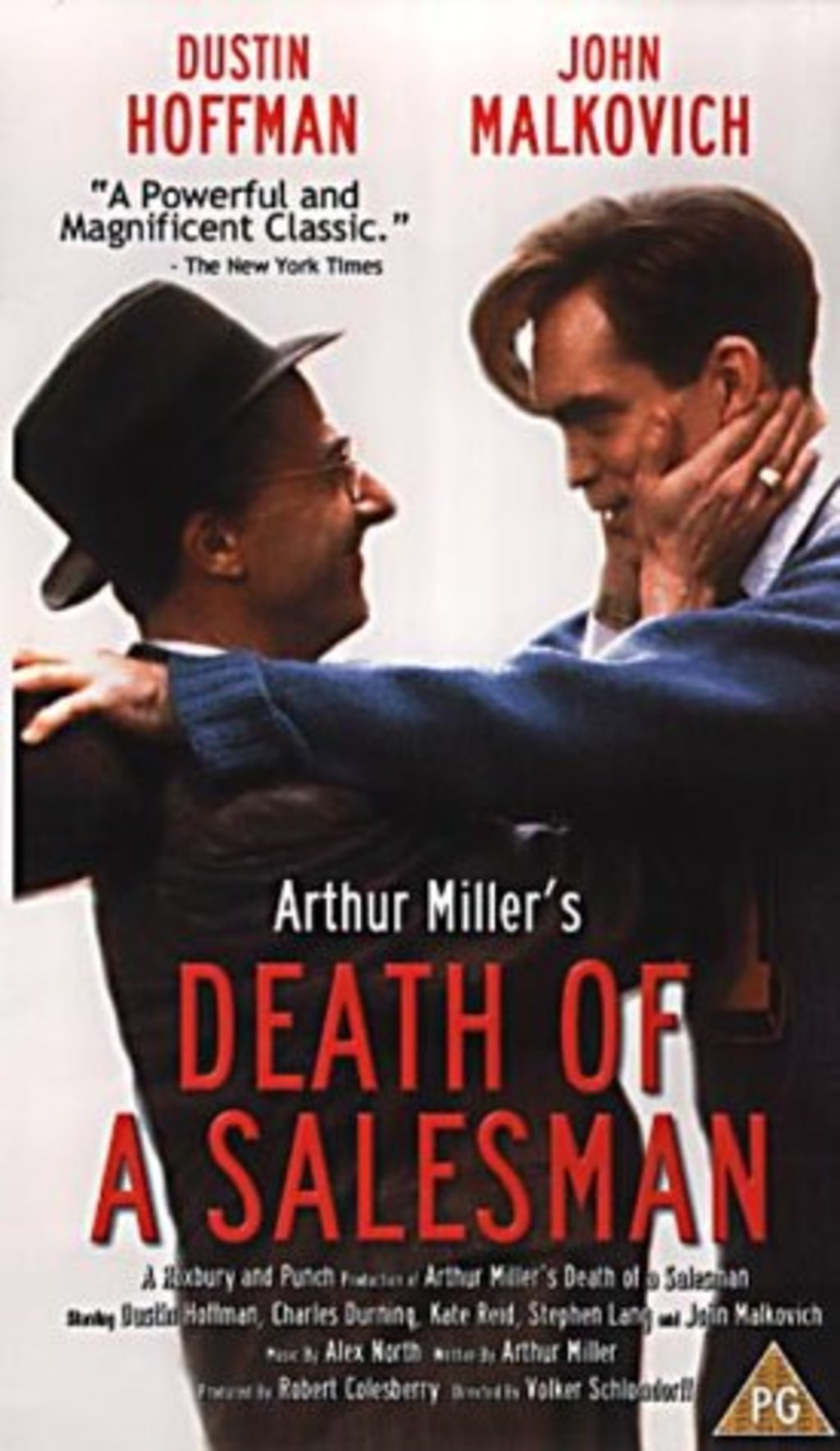
… In Death of a Salesman Willy and Linda Loman place a down payment on their Brooklyn home in 1925. Such goals animated black people as much as any other population group, and it might have affected them even more deeply given how the system of racial slavery had used generations of black people’s unpaid labour and land stolen from indigenous people as the capital to build the extraordinary wealth of the nation. Part of this was the desire to own some land and thereby offer ones children the prospect of a better life. … This was the possibility of achieving the American Dream. For these Americans, each in their own way new to the limited privileges of citizenship afforded them ‘The American Dream and New York, was a beacon of possibility. New York attracted European and Caribbean immigrants, alongside Black American migrants from the southern states, eager to escape cycles of poverty and the South's pervasive culture of white violence, epitomized by lynching. …In the early 20th century, New York City was emblematic of the country as a whole it had a reputation as a place of wealth and opportunity for anyone willing to work hard to make something of themselves, but the reality was much different. Black people seized their chance and an exodus from the South began- what is now known as The Great Migration… From the 1910s continuing up to the 1970s, waves of black people moved in their hundreds of thousands to points north, like Pittsburgh, Boston and New York. With the new century came increased demands of industrialisation and the need for factory workers for enterprises. The full article can be found in The Young Vic’s programme for Death of a Salesman.

This information on The Great Migration was written by Dr Nicole King.


 0 kommentar(er)
0 kommentar(er)
